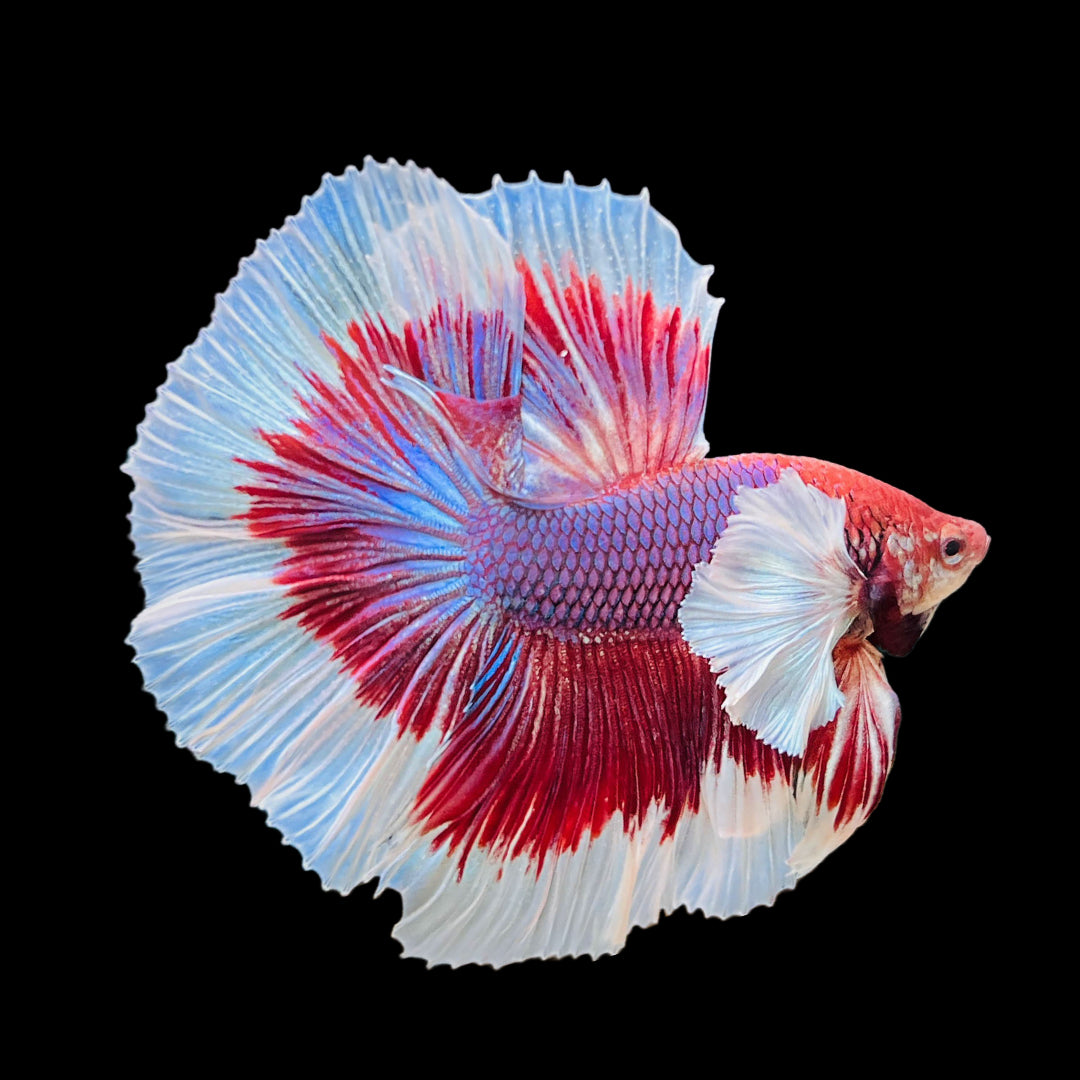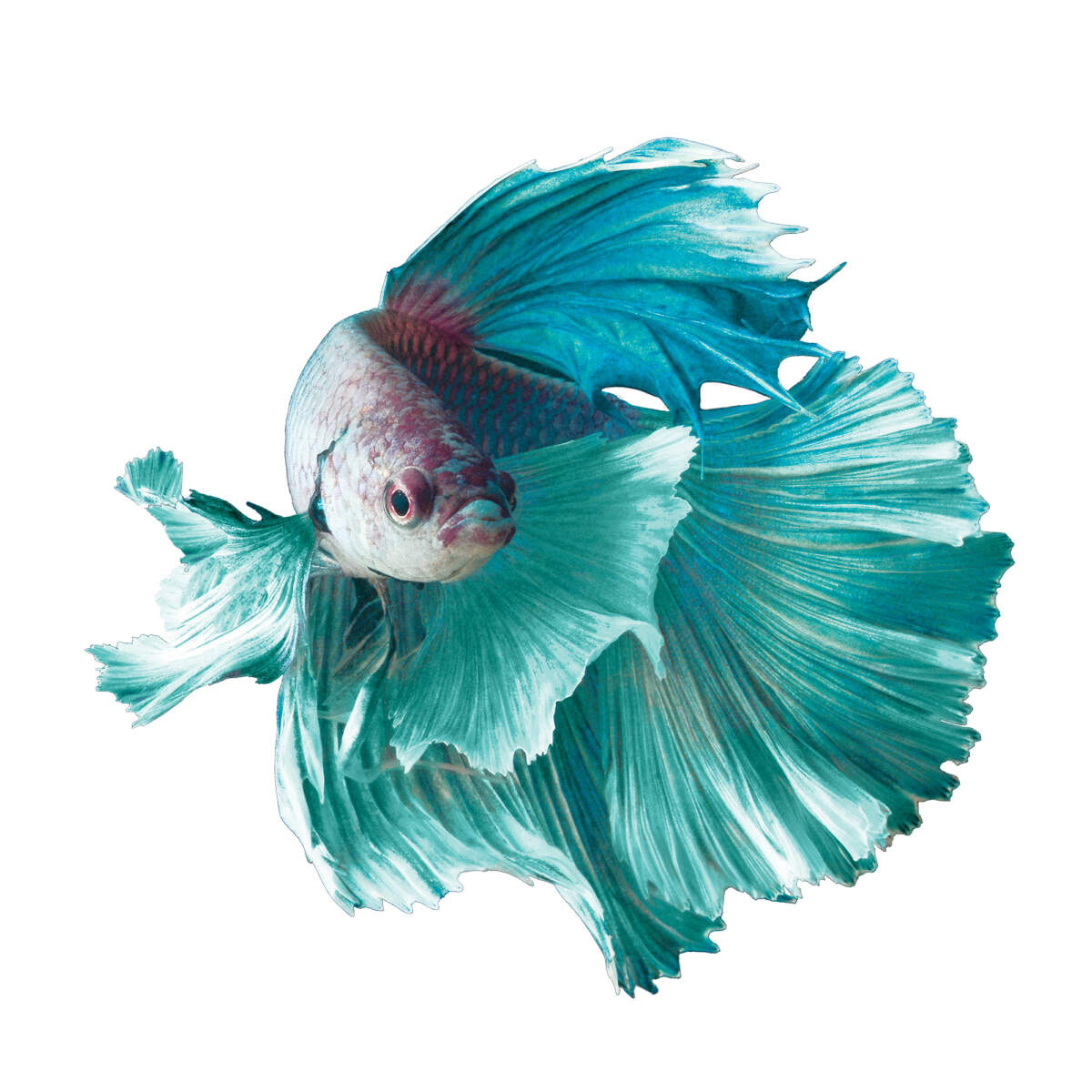Exactly how to Develop the Perfect Betta Fish Habitat in your home
Exactly how to Develop the Perfect Betta Fish Habitat in your home
Blog Article
Exactly How to Breed Betta Fish Efficiently: Specialist Methods and Insights for Hobbyists Aiming To Broaden Their Betta Collection
Breeding Betta fish needs a nuanced understanding of genes and ecological conditions, making it crucial for enthusiasts to approach the process with both diligence and care. Producing an optimal reproduction environment, picking the ideal sets, and observing the intricacies of their courtship actions are foundational actions that can substantially affect the result.
Comprehending Betta Fish Genetics
Understanding the genetics of Betta fish is critical for effective reproduction, as it influences characteristics such as shade, fin shape, and behavior. Betta fish show a varied range of colors and patterns, mostly determined by their genetic make-up.
In addition to pigmentation, fin morphology is another significant facet of Betta genetics (betta fish). The sizes and shape of fins are influenced by various genes, including those that establish whether the fins are brief, long, or veil-shaped. Recognizing these genetic variations aids dog breeders forecast the phenotypic outcomes of their spawn
Additionally, behavior qualities such as aggression and territoriality can also be influenced by genetics. These habits play a vital duty in the breeding procedure, as they can affect generating success and the total character of the resulting fry. By comprehensively understanding these hereditary principles, dog breeders can make enlightened decisions, eventually boosting their reproduction programs and accomplishing preferable outcomes.
Preparing the Reproduction Environment
Creating an optimal reproduction setting is essential for the successful reproduction of Betta fish. The initial action in preparing this environment is to select an appropriate breeding tank, ideally varying from 5 to 10 gallons.
Following, think about using a sponge filter or an air rock to provide gentle water flow without producing solid currents that can emphasize the fish. It is vital to set up plants or breeding cones to provide concealing areas and promote convenience for the female during the spawning procedure. Floating plants, such as Java moss or water sprite, can also create a much more natural atmosphere while helping with bubble nest structure by the male.
Prior to introducing the reproducing pairs, guarantee the water is conditioned and without harmful chemicals, such as chlorine or hefty metals. betta fish. Regular water changes ought to be performed to keep ideal water top quality, enhancing the chances of effective reproduction. With these prep work in position, the reproducing atmosphere will sustain the health and wellness and well-being of both Betta fish
Picking Breeding Pairs
Selecting the ideal breeding sets is vital for accomplishing effective Betta fish reproduction. When selecting your reproduction sets, take into consideration a number of crucial elements consisting of health and wellness, temperament, and genes. Healthy and balanced Betta fish exhibit lively colors, clear eyes, and active behavior. Picking fish that are free from illness ensures a much better chance of generating feasible children.
Temperament is an additional essential consideration, as Betta fish are recognized for their aggressive nature. It is suggested to pick a man and lady that display compatible personalities to decrease stress and anxiety during the breeding process. A calm male can urge a smoother courtship, while a female that is as well hostile may interfere with the procedure.
Genetic history also plays a substantial function in the quality of the children. Reproducing fish that are genetically varied can minimize the threat of hereditary health and wellness concerns and boost the overall vitality of the fry. It is advantageous to research the family tree of both the male and lady, focusing on desirable traits such as fin type, color scheme, and size.
The Breeding Refine
The breeding process of Betta fish requires careful planning and attention to information to make certain a successful result. It is vital to prepare a suitable breeding container, preferably a 5-10 gallon fish tank with a temperature preserved at 78-80 ° F. The container must be outfitted with a heating system, filter (ideally sponge kind to stay clear of strong currents), and lots of aquatic plants for the woman to hide.
When the environment is established, introduce the chosen breeding set to the container, permitting them to adjust. Observe their habits; the man will certainly show elaborate courtship rituals, consisting of flaring his fins and constructing a bubble nest. If the female reveals passion, she will certainly present upright red stripes showing preparedness for spawning.
When the female is receptive, the set will participate in a mating embrace, throughout which the male fertilizes go to this site the eggs. It is essential to monitor their communications carefully, as the man might More Help come to be aggressive. After spawning, remove the woman to avoid prospective harm. The man will certainly tend to the eggs, which usually hatch within 24-36 hours. Preserving optimum water problems during this duration is vital for the advancement of healthy Betta fry.
Taking Care Of Betta Fry

Feeding Betta fry is critical, as they need a diet plan high in protein. They can be fed infusoria or liquid fry food, transitioning to finely smashed top quality pellets as they grow. Feed little sections numerous times a day to encourage healthy growth without overloading the container with uneaten food.

As they mature, monitor their development carefully and divide any type of hostile individuals to avoid damage. By supplying a nurturing setting and appropriate nutrition, enthusiasts can efficiently elevate Betta fry right into vivid, healthy and balanced fish, inevitably enhancing their reproduction undertakings.
Conclusion
Successful Betta fish reproduction needs thorough interest to hereditary choice, ecological conditions, and browse around this web-site look after the fry. By understanding the genetics of Betta fish and preparing an appropriate breeding setting, hobbyists can boost the possibilities of producing lively, healthy offspring. Choosing compatible breeding sets and very closely checking the courtship and generating procedures are vital. Finally, giving optimum look after the fry guarantees their healthy and balanced development, adding to a flourishing Betta collection.
Report this page